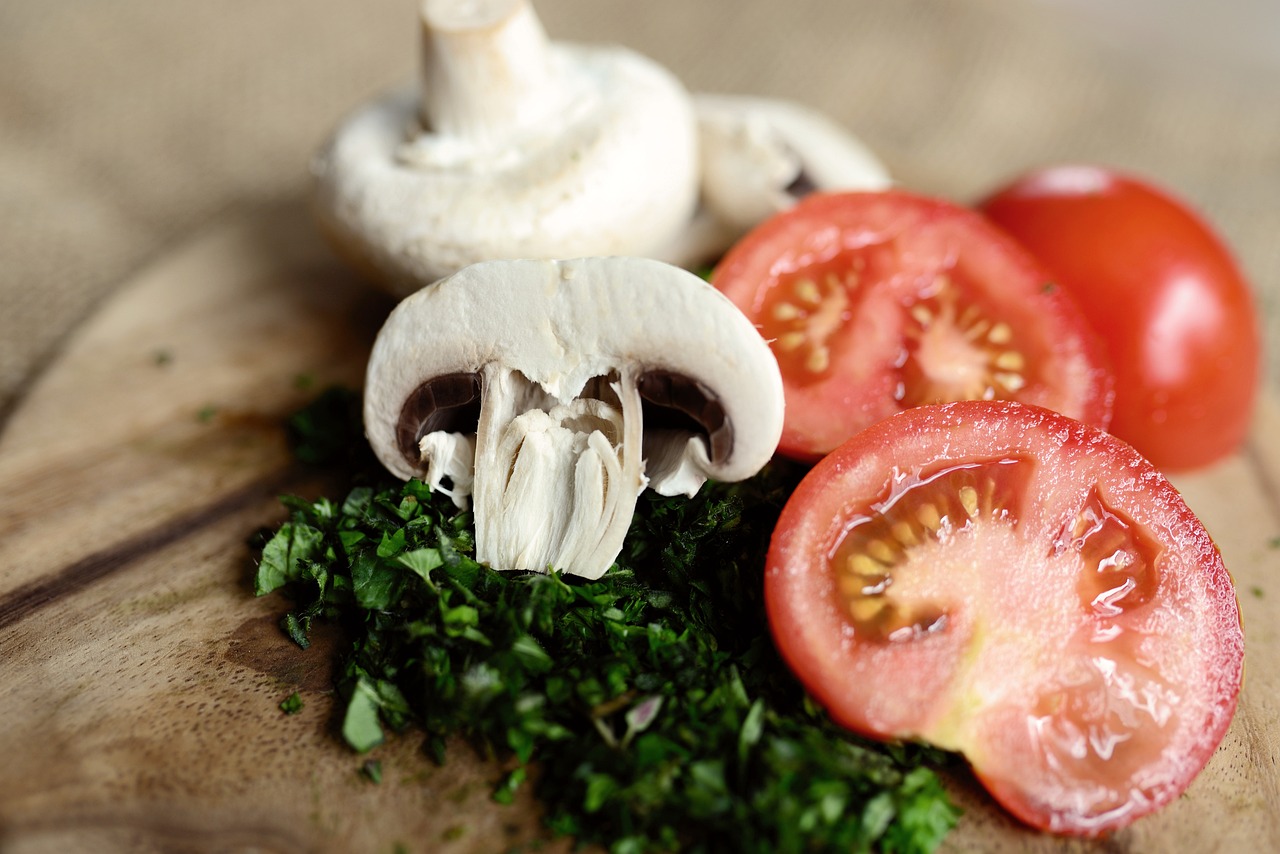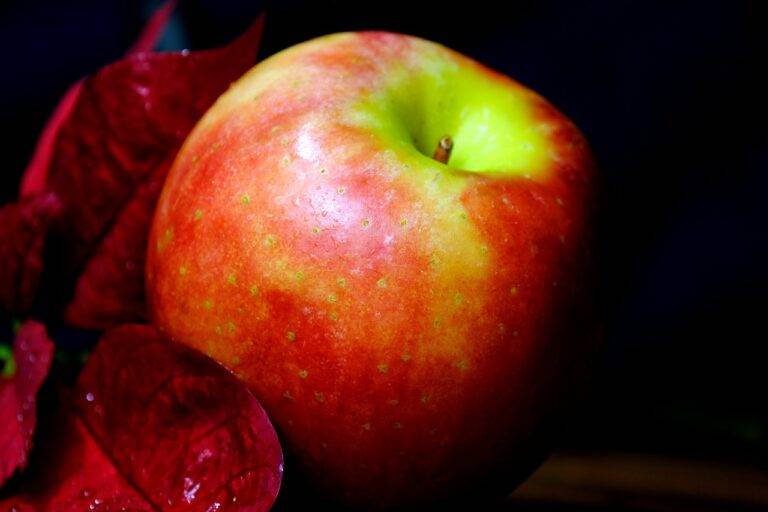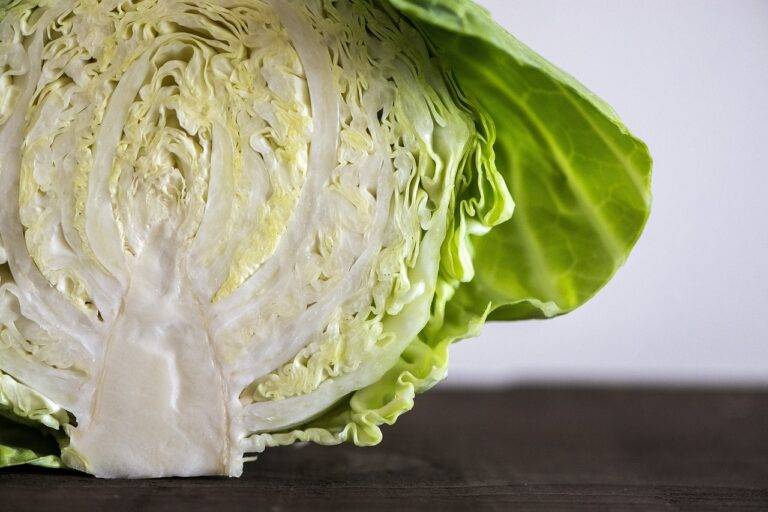The Art of Food and Wine Pairing: Tips for Creating Perfect Harmony on the Palate
When it comes to pairing food with wine, understanding the basics is key to enhancing your dining experience. Each wine has its unique characteristics that can either complement or clash with the flavors of the dish. The goal is to find a harmonious balance that enhances the overall taste of both the food and the wine.
Consider the intensity of both the wine and the dish when pairing them together. Lighter dishes, such as salads or seafood, pair well with white wines, while heavier dishes like steak or pasta with rich sauces are better complemented by red wines. Matching the intensity of the dish with the body of the wine can create a well-rounded and enjoyable combination.
Identifying Flavor Profiles in Food and Wine
When it comes to identifying flavor profiles in food and wine, it’s crucial to consider the primary components that make up each. Start by paying attention to the dominant flavors in the dish or the wine – are they fruity, spicy, savory, or sweet? Understanding these basic flavor profiles is the first step in creating successful pairings.
In food, flavors can range from acidic and tangy to rich and creamy, while wines can vary from light and crisp to bold and full-bodied. Try to pick out the primary flavors that stand out to you in both the food and the wine, as these will be the key elements to focus on when determining compatibility. By honing in on these distinct flavor profiles, you’ll be better equipped to make thoughtful and harmonious pairings that elevate the overall dining experience.
Complementary vs. Contrasting Pairings
Pairing food and wine involves a delicate balance of flavors and textures. When looking at complementary pairings, the goal is to enhance and elevate the overall dining experience by choosing wine that mirrors or enhances the flavors present in the dish. This can create a harmonious combination where the wine and food seamlessly blend together.
On the other hand, contrasting pairings involve selecting a wine that provides a counterbalance to the flavors in the food. By choosing a wine with different flavor profiles, contrasting pairings can create a unique and exciting dining experience. The interplay between the wine and food in contrasting pairings can create a dynamic contrast that highlights the complexities of both the dish and the wine.





